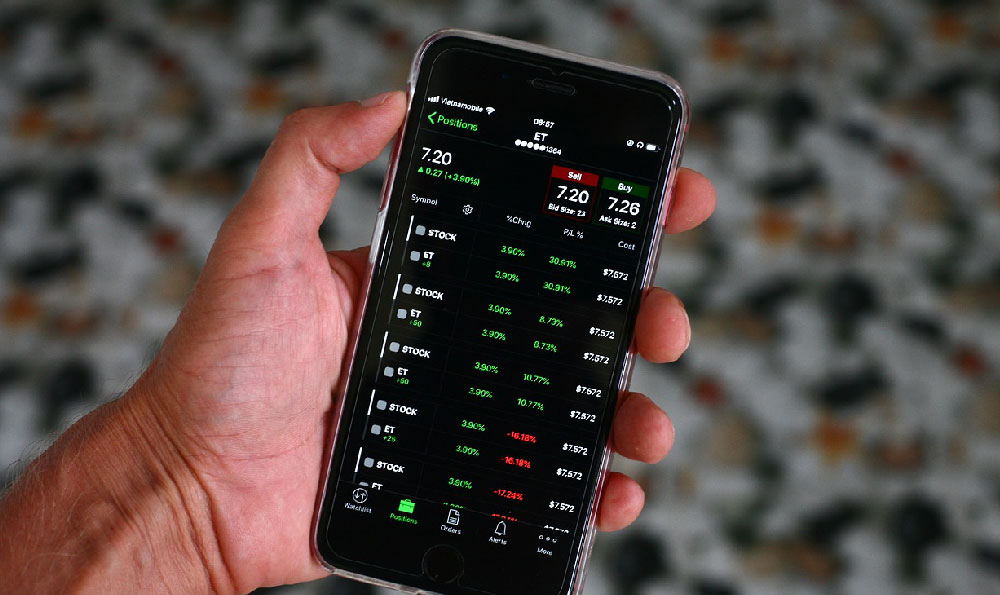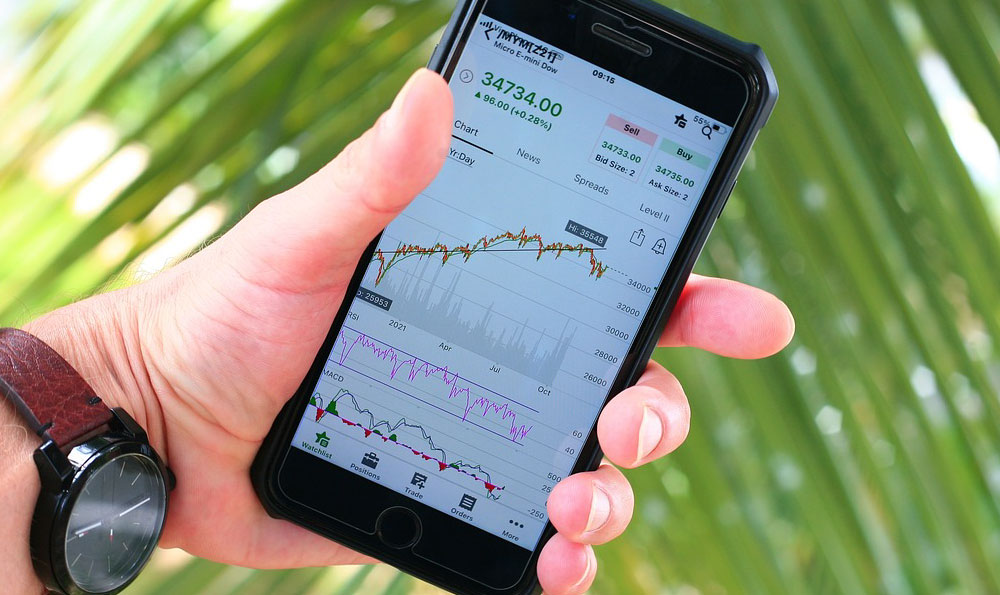Meta, formerly known as Facebook, generates substantial revenue through a multi-faceted business model primarily centered around its vast user base and its ability to connect individuals and businesses. Understanding the nuances of Meta's income streams is crucial for investors, analysts, and anyone interested in the dynamics of the digital economy. At the heart of Meta's revenue generation lies advertising. This constitutes the lion's share of its total income, typically accounting for over 95% of Meta's quarterly revenue. Meta's advertising model is sophisticated and highly targeted, leveraging the immense amount of data it collects about its users' interests, behaviors, demographics, and online activities. This data is aggregated and analyzed to create detailed user profiles, allowing advertisers to precisely target specific audiences with relevant ads. The effectiveness of this targeting translates into higher ad click-through rates and conversion rates, making Meta's advertising platform highly attractive to businesses of all sizes.
The advertising ecosystem on Meta platforms, including Facebook, Instagram, WhatsApp, and Messenger, operates through various ad formats and placements. These include image ads, video ads, carousel ads, and collection ads, each tailored to different marketing objectives and user experiences. Businesses can bid on ad placements through an auction-based system, where the price they pay is determined by factors such as the relevance of their ads to the target audience, the competition for that audience, and the desired ad placement. Meta also offers a range of advertising tools and analytics to help businesses optimize their ad campaigns and track their performance. These tools provide insights into ad impressions, reach, click-through rates, conversion rates, and return on ad spend, enabling businesses to make data-driven decisions and maximize their advertising effectiveness.
Beyond standard advertising, Meta has ventured into new advertising formats and channels, such as branded content and influencer marketing. Branded content allows businesses to partner with influencers and creators to promote their products or services to their followers. This form of advertising leverages the trust and credibility that influencers have built with their audience, making it a highly effective way to reach new customers and drive sales. Influencer marketing has become a significant revenue stream for Meta, as businesses increasingly recognize the value of partnering with influential creators to promote their brands.

While advertising remains the dominant source of revenue, Meta is actively diversifying its income streams to reduce its reliance on this single source. The company's "Reality Labs" segment is focused on developing and selling virtual reality (VR) and augmented reality (AR) hardware, software, and content. This includes VR headsets like the Meta Quest series, as well as AR glasses and related accessories. The vision behind Reality Labs is to build the metaverse, a virtual world where people can interact with each other, play games, work, and engage in other activities. While Reality Labs is currently generating a relatively small portion of Meta's total revenue, the company is investing heavily in this area, believing it has the potential to become a major revenue driver in the future. The development of the metaverse presents significant opportunities for Meta to generate revenue through sales of VR/AR hardware, virtual goods, and experiences.
Another area of diversification is payments. Meta allows users to send and receive money through its platforms, and it is exploring new ways to monetize these payment services. For example, the company is working on developing a digital wallet that would allow users to store and manage their cryptocurrencies and other digital assets. It could also take a small percentage of transactions that occur within its ecosystem. If Meta can successfully integrate its payment services into its vast user base, it could generate a substantial amount of revenue from transaction fees and other related services.
Furthermore, Meta generates revenue from the sale of digital goods and subscriptions on its platforms. For example, users can purchase virtual gifts and stickers on Facebook, and they can subscribe to premium features on Instagram. These digital goods and subscriptions provide Meta with a recurring revenue stream, and they contribute to the overall profitability of the company.
Data licensing also represents a potential income stream. While Meta has faced considerable scrutiny regarding its data privacy practices, the sheer volume and richness of user data it possesses hold immense value. Aggregated and anonymized data, when licensed to research institutions, businesses, or government agencies, can provide valuable insights into consumer behavior, market trends, and societal dynamics. However, this avenue requires careful navigation to ensure compliance with privacy regulations and to maintain user trust.
In conclusion, Meta's revenue model is built on a foundation of highly targeted advertising, leveraging its extensive user data and sophisticated ad tech. While advertising remains the primary driver of revenue, Meta is actively investing in new areas such as VR/AR, payments, and digital goods to diversify its income streams and reduce its reliance on advertising. The success of these diversification efforts will be crucial for Meta's long-term growth and profitability. Investors and analysts should closely monitor Meta's performance in these emerging areas, as they have the potential to significantly impact the company's future revenue potential. The company faces challenges, including increased competition from other tech giants, evolving privacy regulations, and the need to maintain user engagement across its platforms. However, with its vast user base, strong brand recognition, and continued innovation, Meta is well-positioned to navigate these challenges and continue to generate significant revenue in the years to come.












